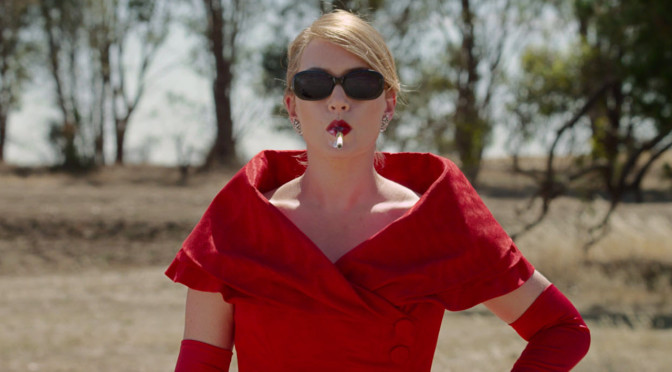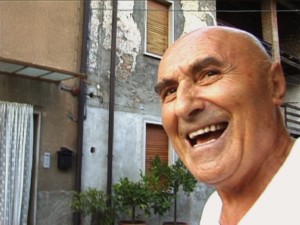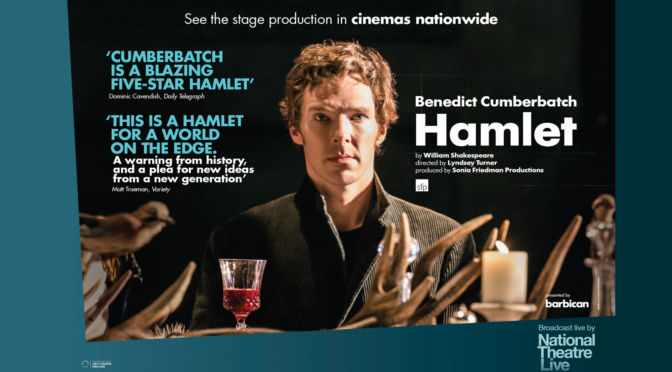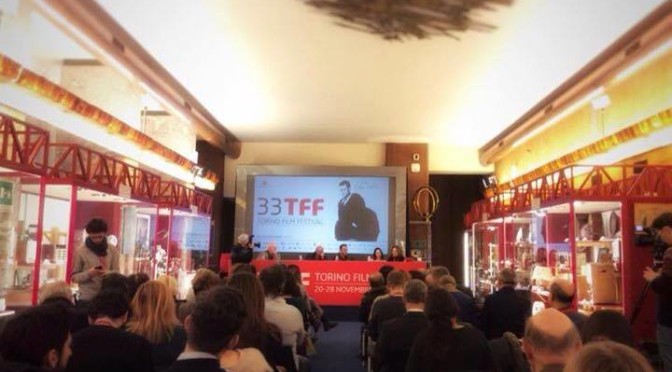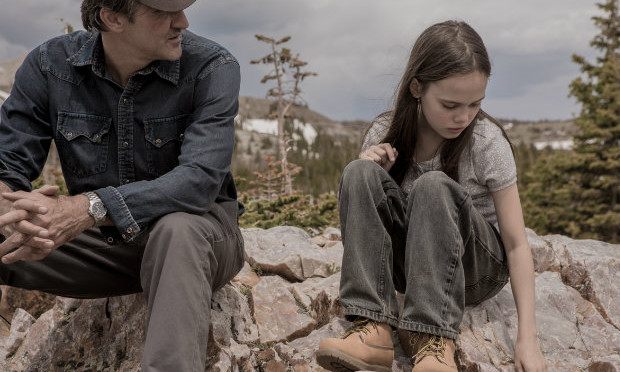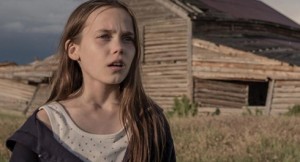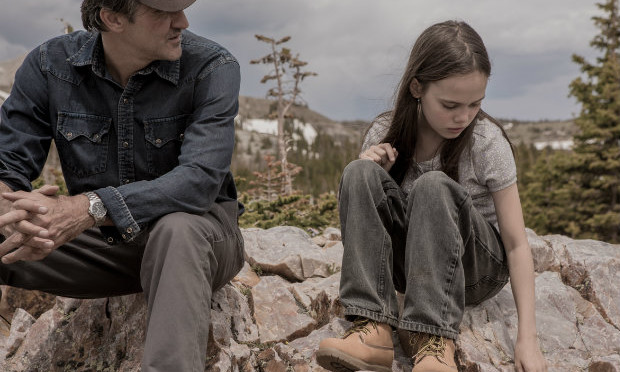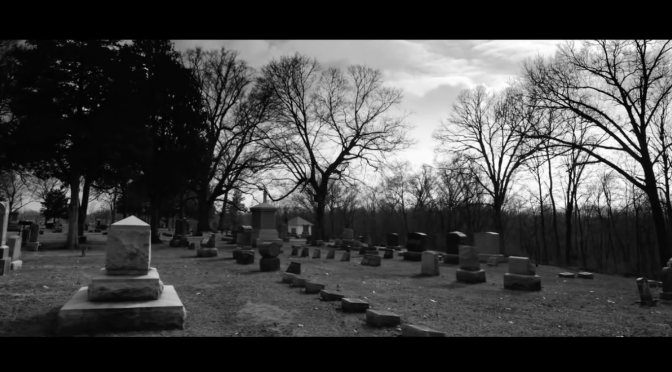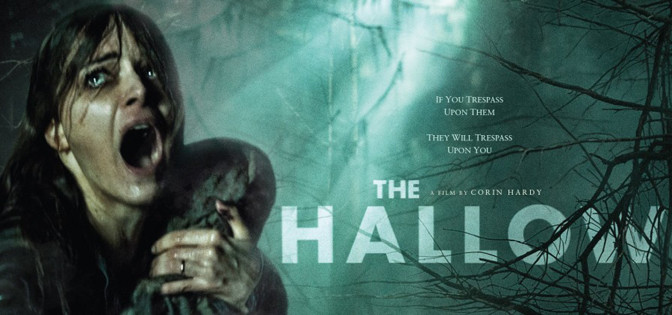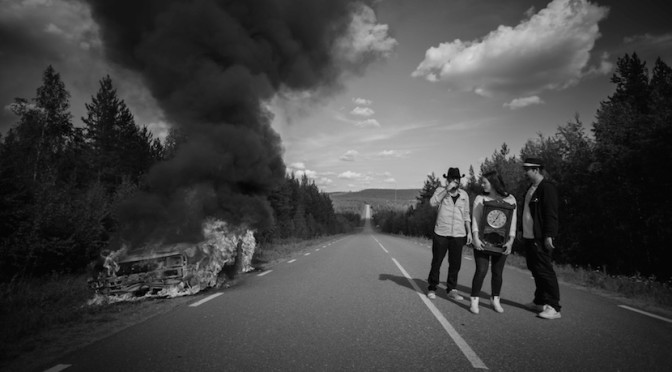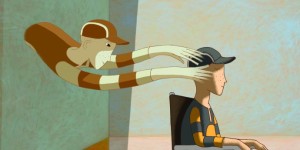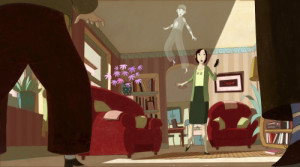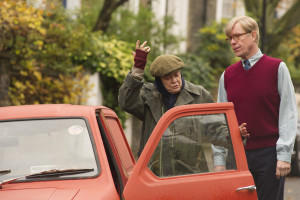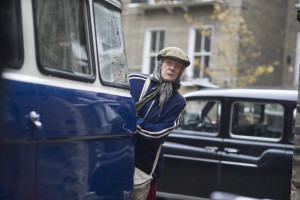1951. Dopo quasi vent’anni, Tilly (interpretata dall’attrice premio Oscar Kate Winslet) fa ritorno a Dungatar, luogo da cui era stata allontanata quando era solo una bambina in seguito ad un tragico evento, per occuparsi della madre Molly (interpretata dall’attrice Judy Davis). Il ritorno di Tilly genera turbamento tra gli abitanti. In un piccolo paese come Dungatar, sperduto nel nulla e circondato da immensi campi di grano, tutti conoscono tutti e ovviamente tutti sanno tutto di tutti. Con il suo fascino e la sua eleganza Tilly, talentuosa stilista, conquista gli sguardi di molti. Primo fra tutti, il sergente Farrat (interpretato da Hugo Weaving), un uomo per bene ma con un segreto: ama le stoffe, i tessuti, gli abiti e soprattutto le piume. Anche il giovane Teddy Mcswiney (Liam Hemsworth) rimane incantato dalla bellezza della giovane donna tanto da innamorarsi di lei. Ed infine le donne del villaggio, attratte dalle sue abilità sartoriali, iniziano a commissionarle numerosi abiti. Ma un ricordo sfocato tormenta Tilly e, lungo tutto il film, ella cerca di farlo riaffiorare nella memoria.
Continua la lettura di “The Dressmaker” di Jocelyn Moorhouse

